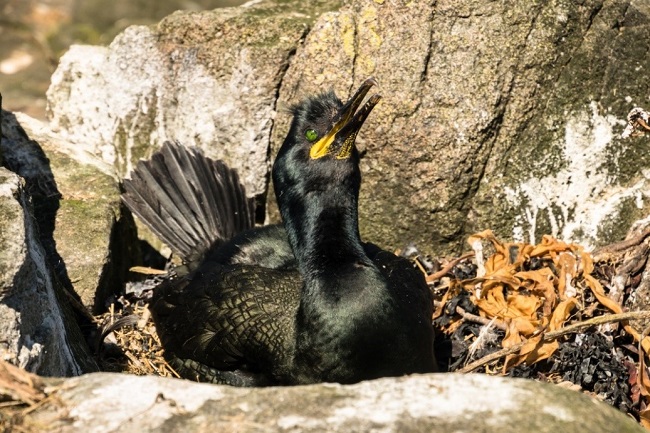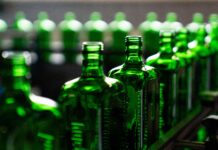
RESEARCHERS from the University of Glasgow have found that plastic debris is incorporated in up to 80% of seabird nests on Lady Isle in the Firth of Clyde.
The plastic found was identified as being ‘mostly’ from consumer waste thrown away in built up areas.
Dr Ruedi Nager, a seabird ecologist and senior lecturer at the university, said, “They end up in seabird nests, not because seabirds actively pick them up in built-up areas and carry them to their nest, but because they are brought there passively by marine currents.”
The study found that the level of plastic in the nests varies from species to species. The university said that only around a third of seagull nests contained plastic debris, due to their tendency to regularly make new nests. Whilst Phalacrocorax aristotelis reuse their nests year after year so the plastic builds up over time.
Danni Thompson, a researcher volunteering with Dr Nager, looked closely at the herring gull and the possibility that the bird was swallowing plastic whilst foraging in landfills then bringing it back to the nest.
However, the research found that this was not the case. “But the plastic types in their diet were different from those found in the nest, which tells us that the plastic in nests arrived by different means,” said Dr Nager.
The researchers also mapped all nests on the island and tested whether the nests with plastic were equally distributed across the island. Results showed that nests on the north of the island, which are closer to the outgoing tide from the mainland, were more likely to contain plastic – suggesting that the plastic came from the mainline.
The team now intend on identifying the potential sources of the plastic to hep develop management actions to reduce the negative impact it causes on the ‘struggling’ seabird populations.












